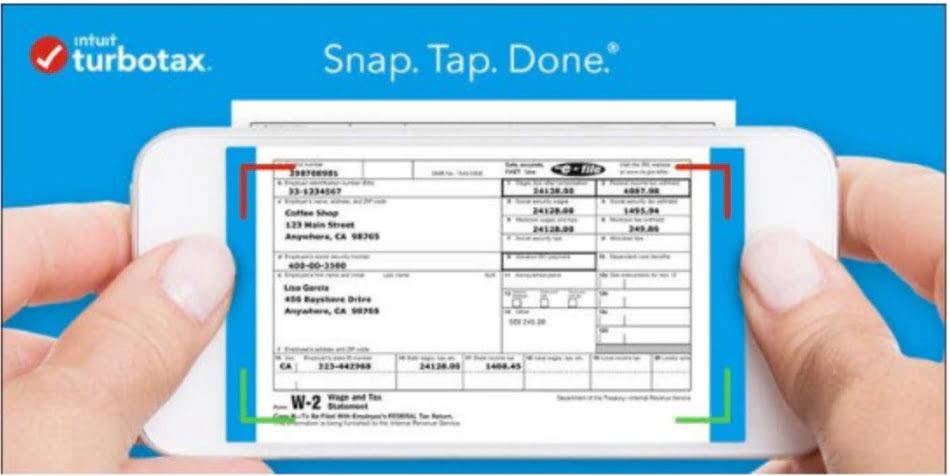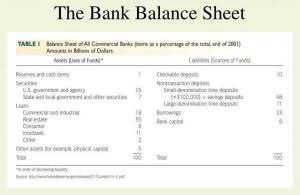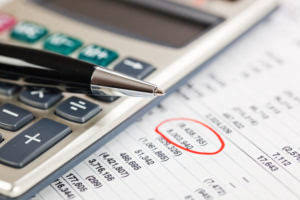
When this happens, the business owner’s equity is decreasing. In the Salaries Expense T-Account, the $7,300 deposit goes on the left (debit) side of the account because the expense is increasing. In the Auto Expense T-Account, the $1,380 expense amount goes on the left (debit) side of the account because the expense is increasing.
- Although income and expense accounts don’t show in the accounting equation, they actually affect the equity side of the equation.
- Total debits amount to $190,000 while total credits amount to $50,000.
- Accounts are also classified into permanent accounts, temporary accounts and contra accounts.
- This account represents interest expense that are yet to be amortized over the life of the related bond.
- The T-account is like a scratch paper that you use to analyze the effects of transactions in each account.
Temporary Accounts

The debit entry of an asset account translates to an increase to the account, while the right side of the asset T-account represents a decrease to the account. This means that a business that receives cash, for example, will debit the asset account, but will credit the account if it pays out cash. The Chart of Accounts is a list of all general ledger accounts that are being used by the business for recording financial transactions. All accounts in the statement of financial position are permanent accounts. The Owner’s Capital and Owner’s Drawing account are equity accounts that are Oil And Gas Accounting used by a sole proprietorship form of business only.

Why are T accounts called T accounts?

In the Miscellaneous Expense T-Account, the $1,800 expense amount goes on the left (debit) side of the account because the expense is increasing. In the Accounts Receivable T-Account, the $30,800 record of what is due to the company goes on the left (debit) side of the account because Accounts the right side of the t account is called the Receivable is increasing. In the Accounts Payable T-Account, the $2,290 payment goes on the left (debit) side of the account because the liability is decreasing. In Transaction 5, we are now going to pay part of this bill. We know it is a partial payment because the original transaction was for $3,300 and we are paying only $2,290. When you pay a bill, your cash decreases and the amount you owe (liability) decreases (you owe less).
Why do accountants use T accounts?
- When you use up an asset, we record the amount as an expense.
- When a business has expenses, it pays out cash either “now” or “later”.
- When all transactions are posted to T-Accounts, the balance of the accounts is calculated.
- The t-account is often used as a useful tool for accountants and students in analyzing company accounts or in solving accounting problems.
- When a business owner opens a business, they are turning personal funds into business funds.
These accounts are deducted from the Purchase account to arrive at Net Purchases. Contra-revenue Accounts are revenue accounts with a normal debit balance, instead of the normal credit balance of typical revenue accounts. The common contra-revenue accounts are the Sales Discount account and the Sales Returns and Allowances account used by merchandising and manufacturing businesses. These accounts are deducted from the Gross Sales account to arrive at Net Sales. Contra-asset Accounts are https://1bd.4fa.myftpupload.com/unearned-revenue-decoding-its-significance-in/ asset accounts with a credit balance as their normal balance. Instead of the normal debit balance that most assets have, the normal balance of a contra-asset account is located at the credit side of the T-account.
What are the Rules for Using T Accounts?
Received cash from fees earned for managing rental property, $18,300.

How is a T-Account Used in Accounting?
Its a ledger account that has the account title at the top, debits on the left, credits on the right while a middle line separates the two columns, resembling a large T drawn on the page. This also applies to the total debits and total credits of all combined accounts in the general ledger. If you add the total debits of all combined ledger accounts, the resulting amount should equal the total amount of credits.
